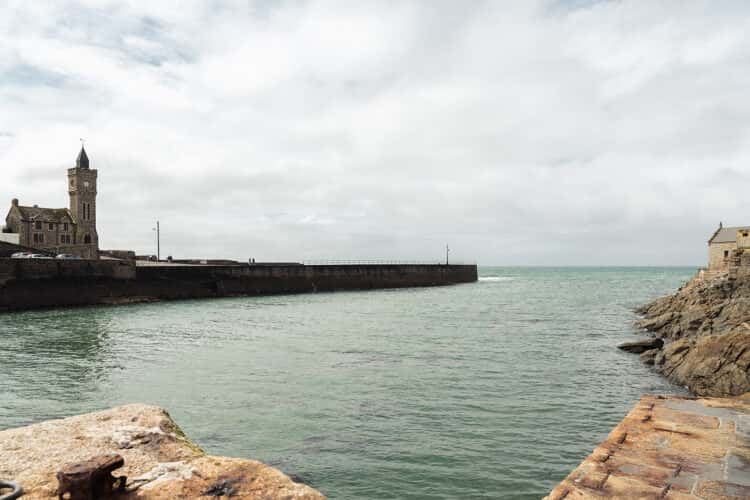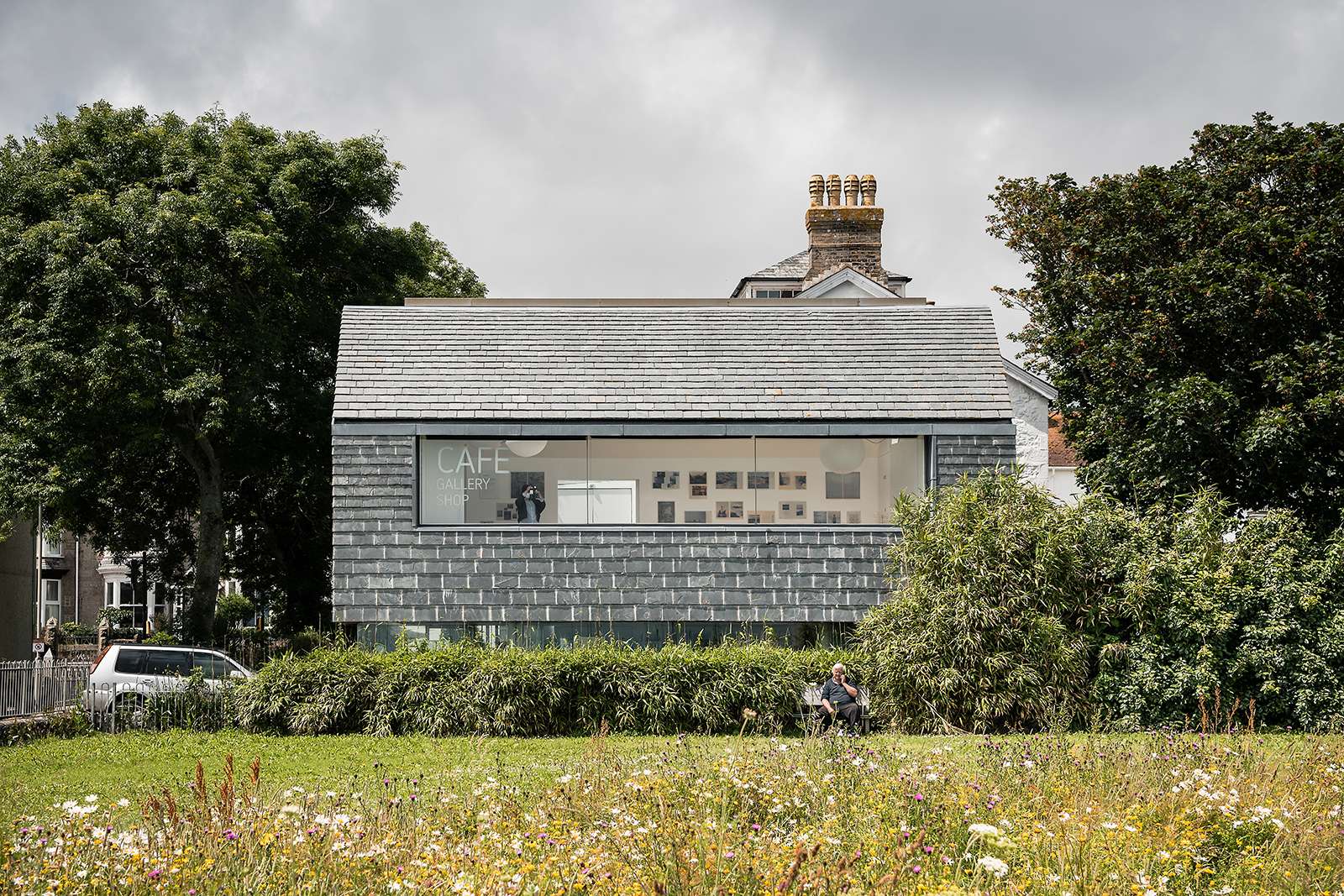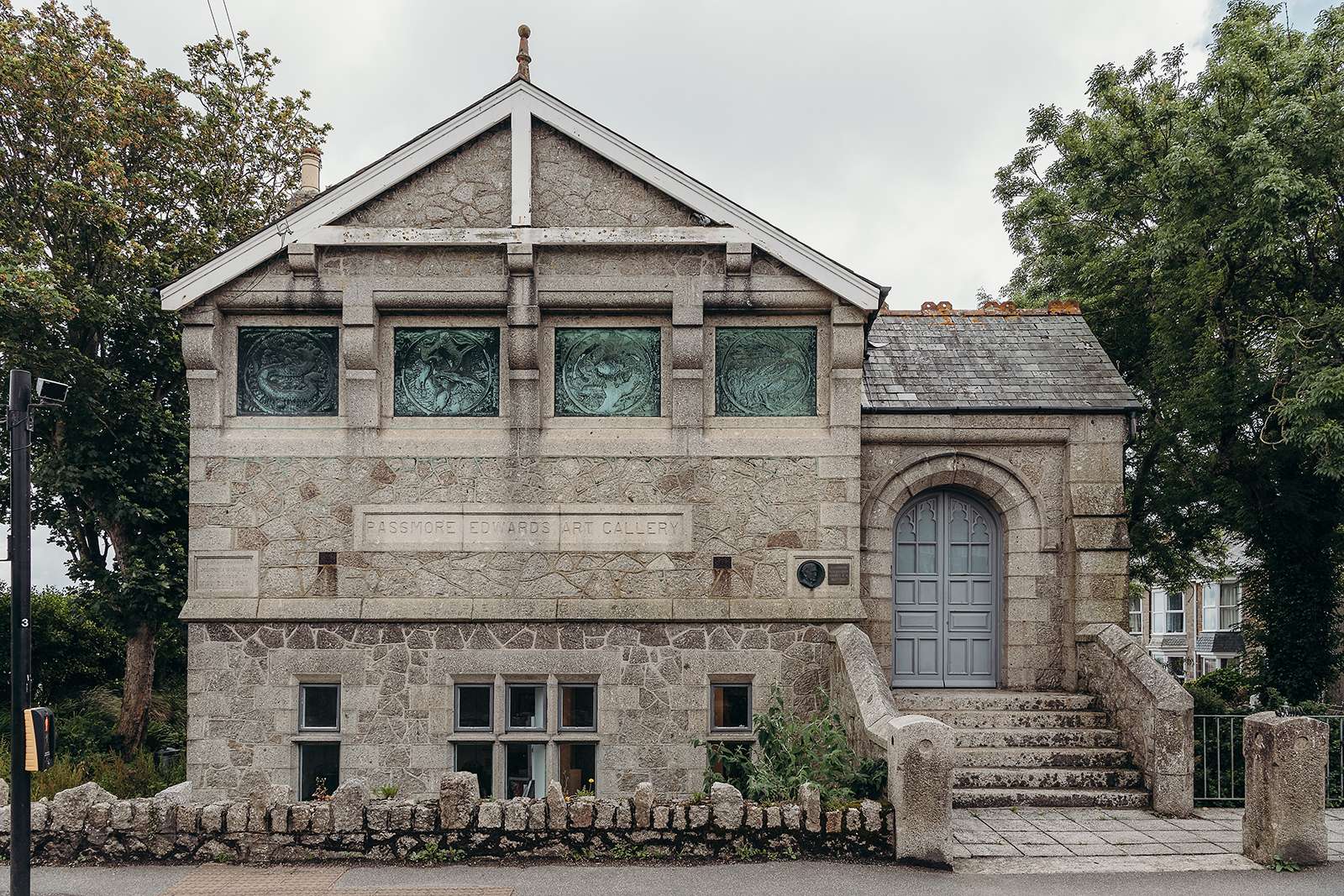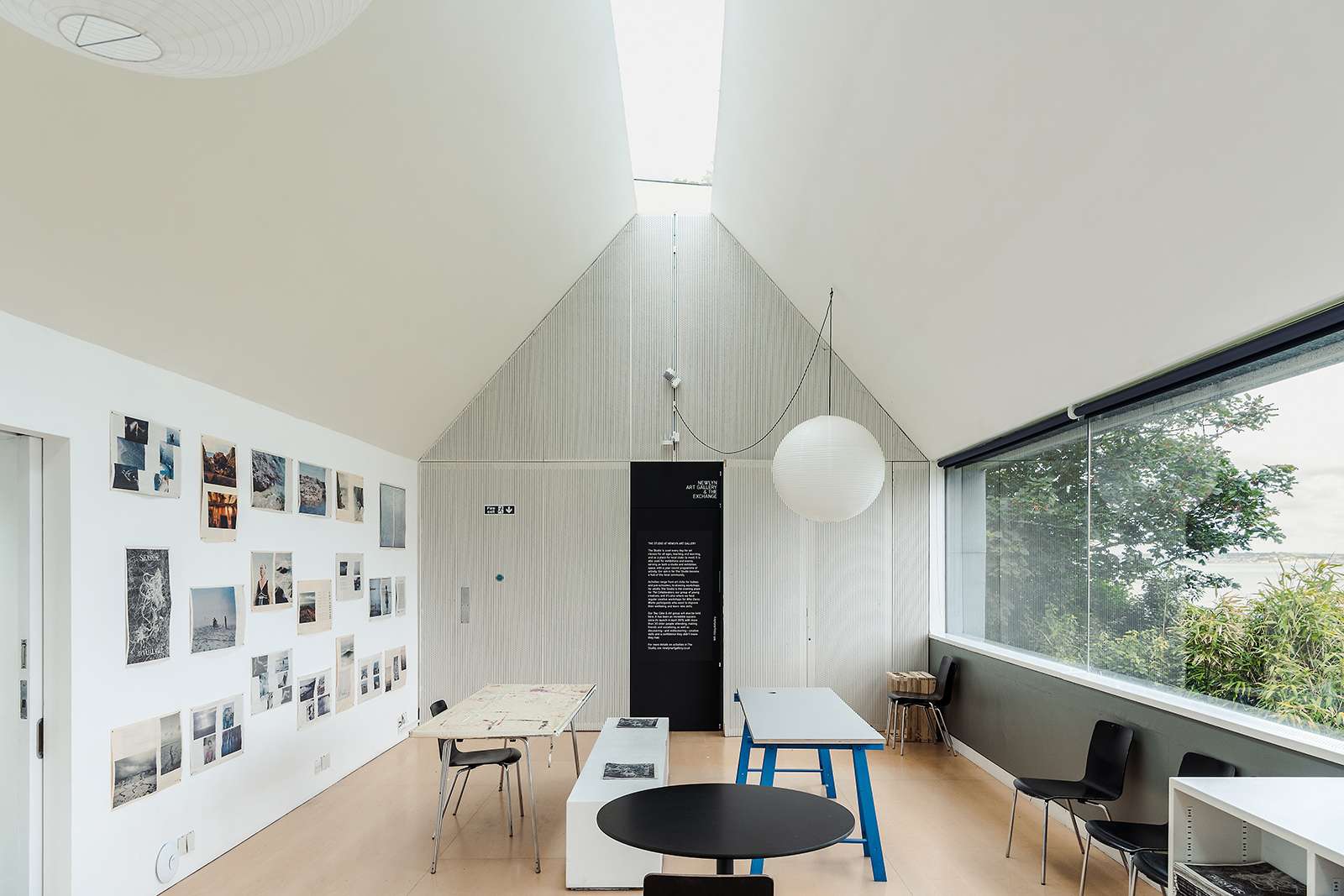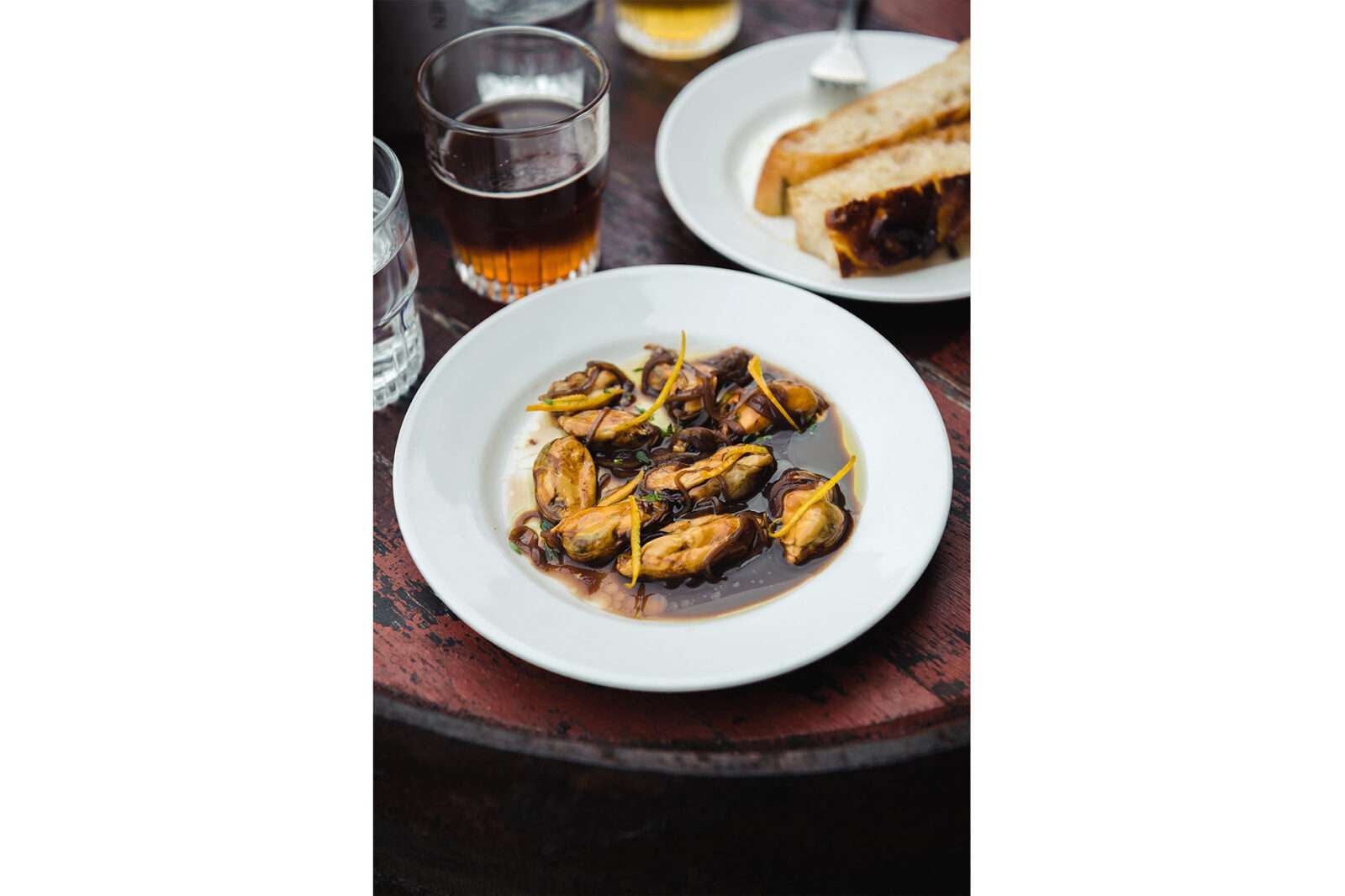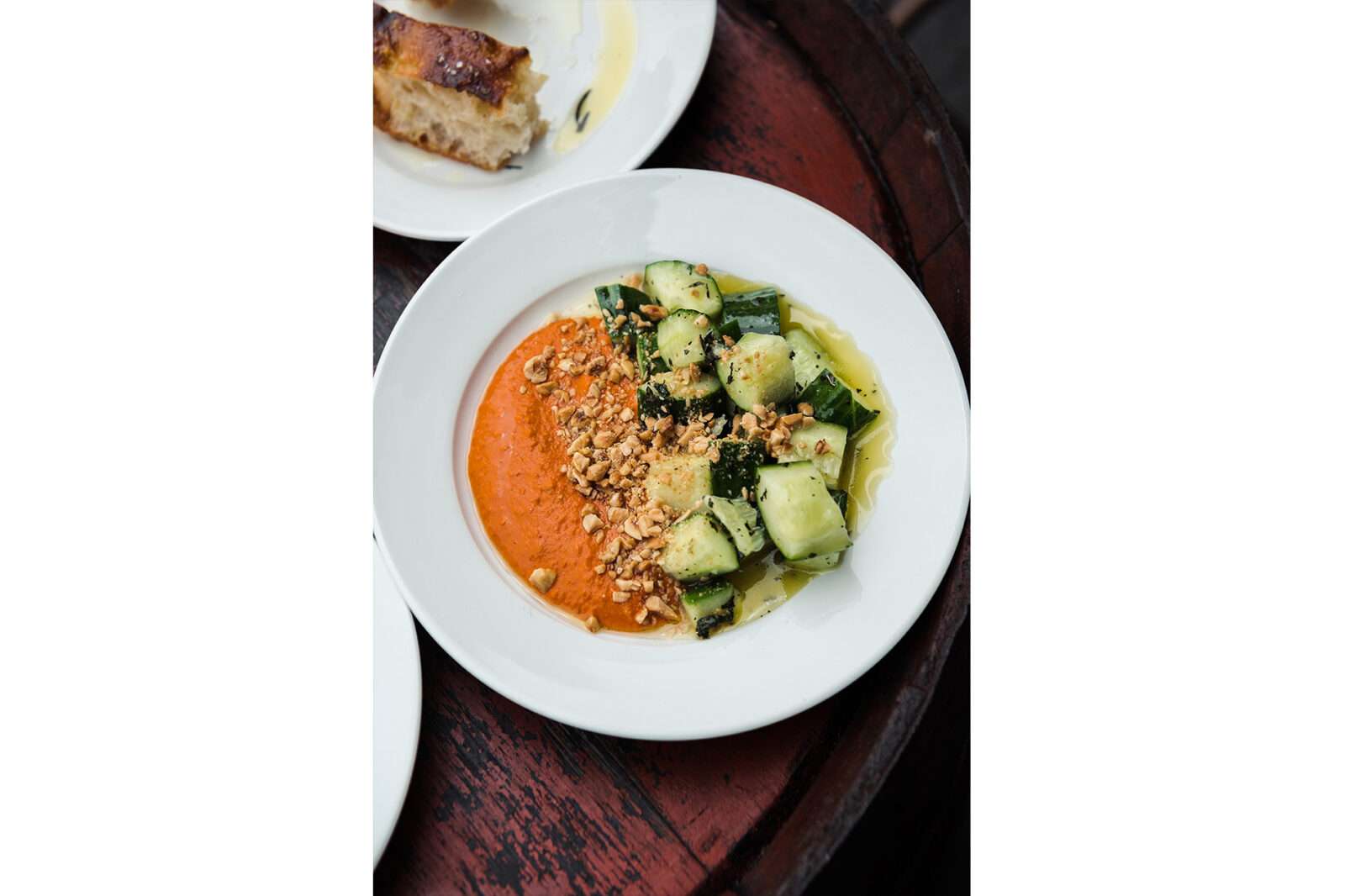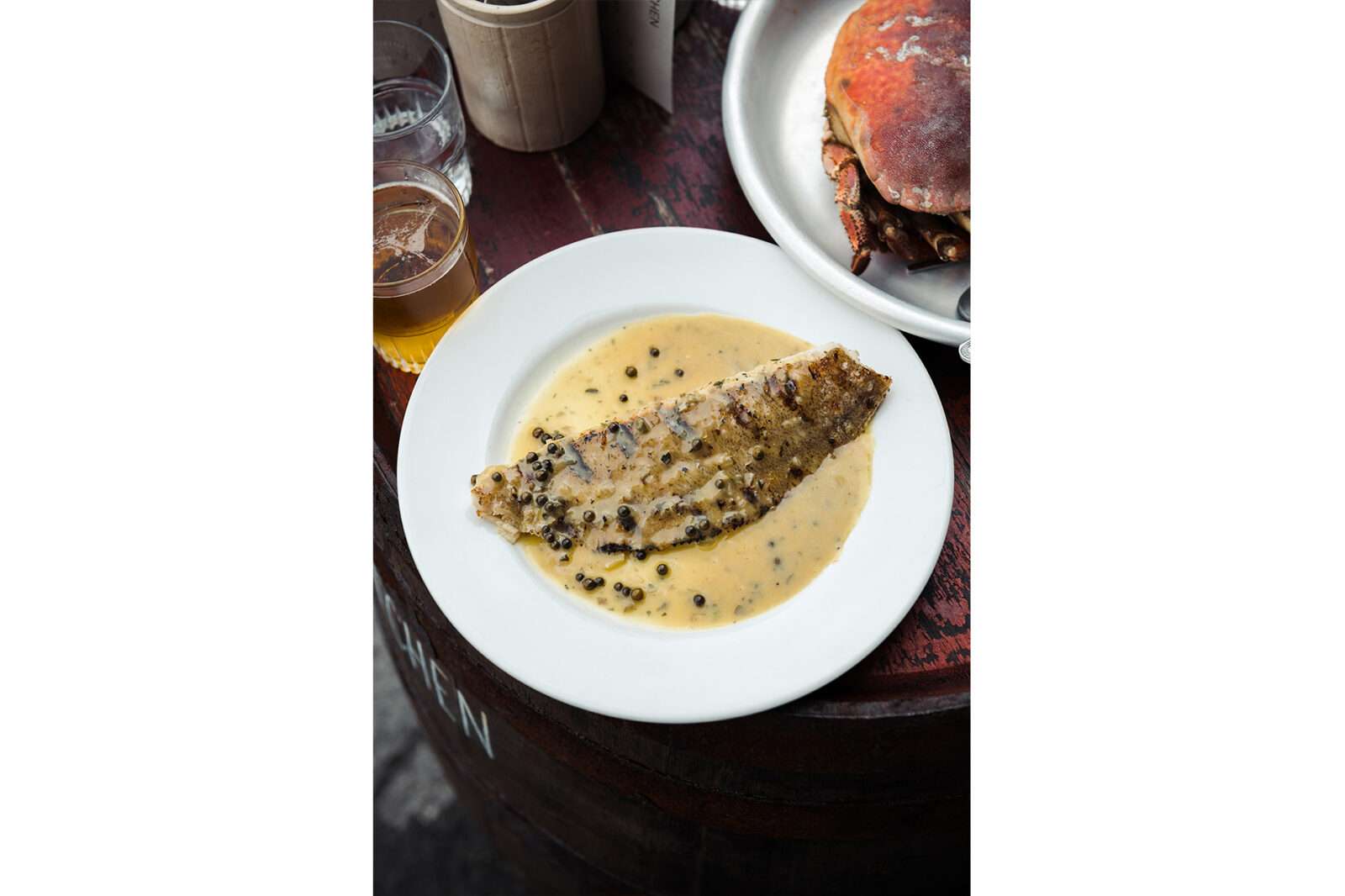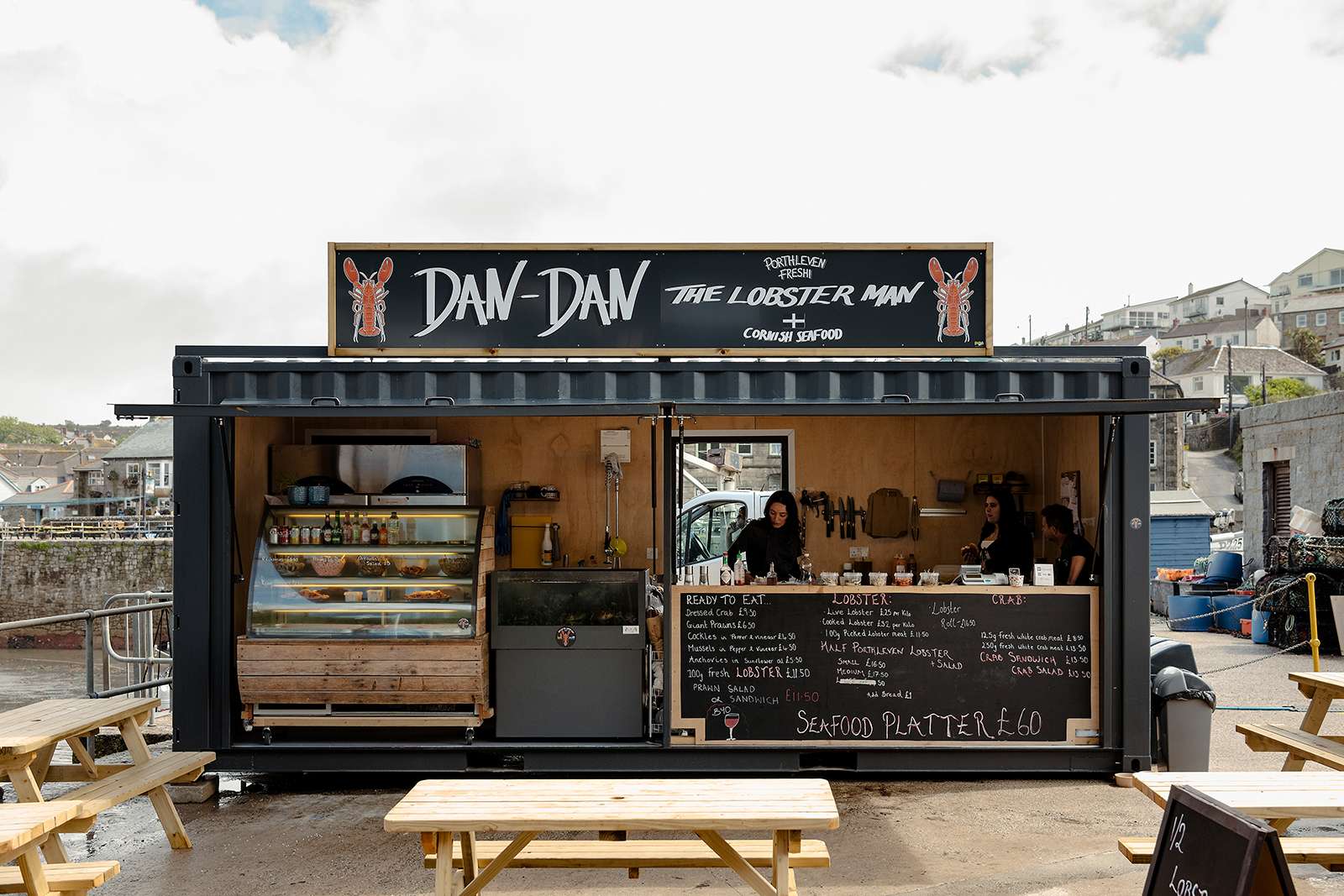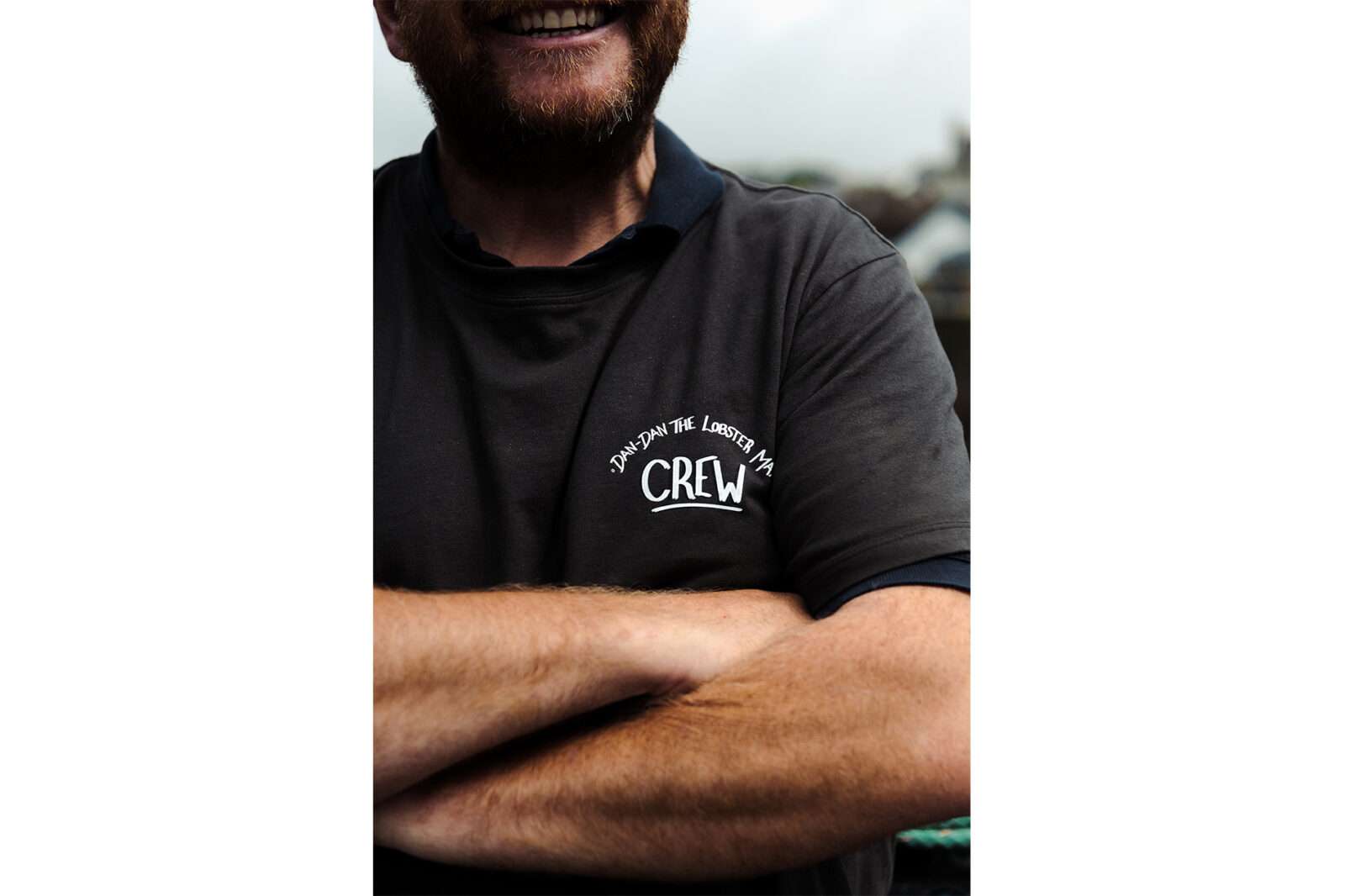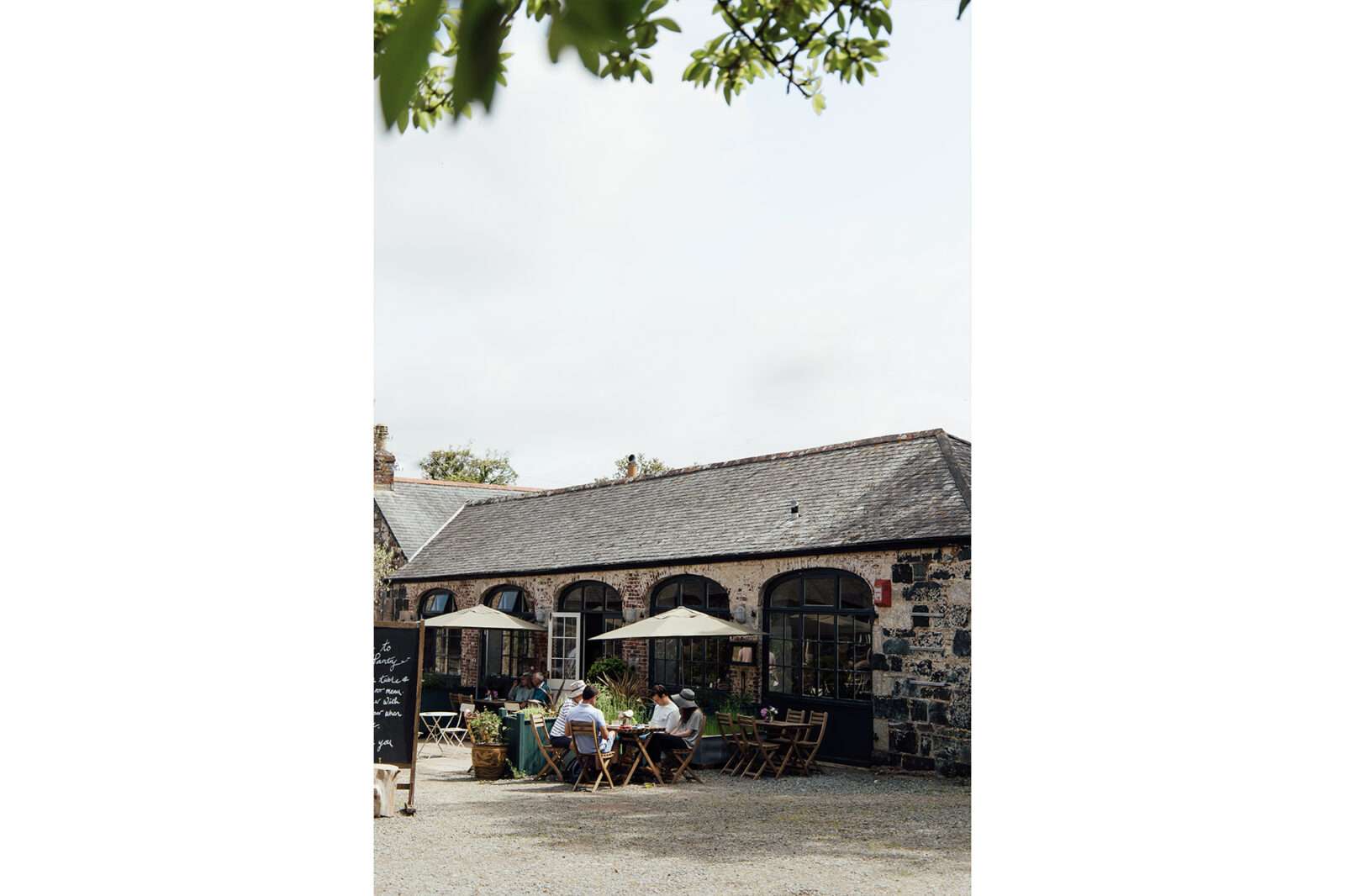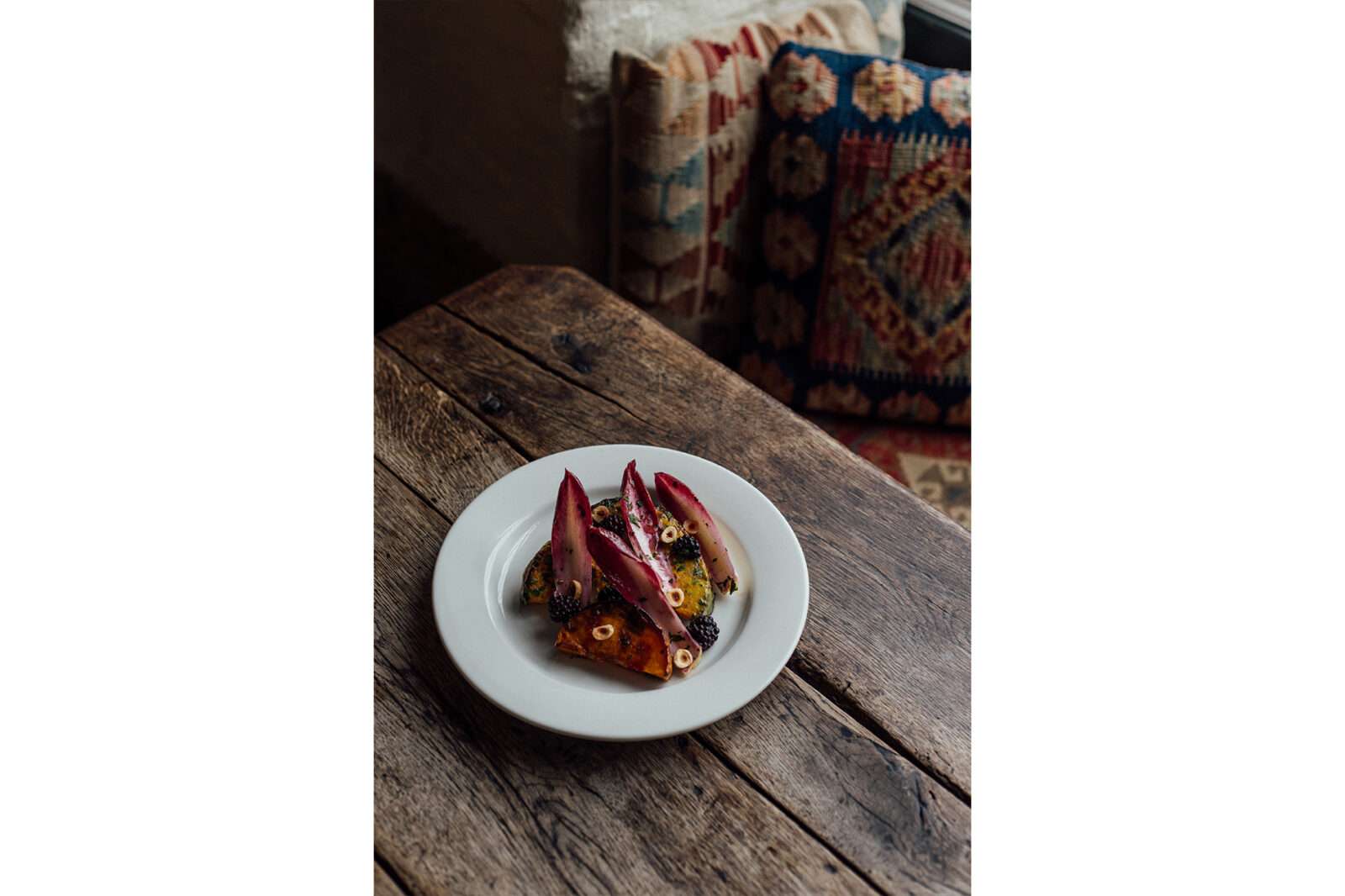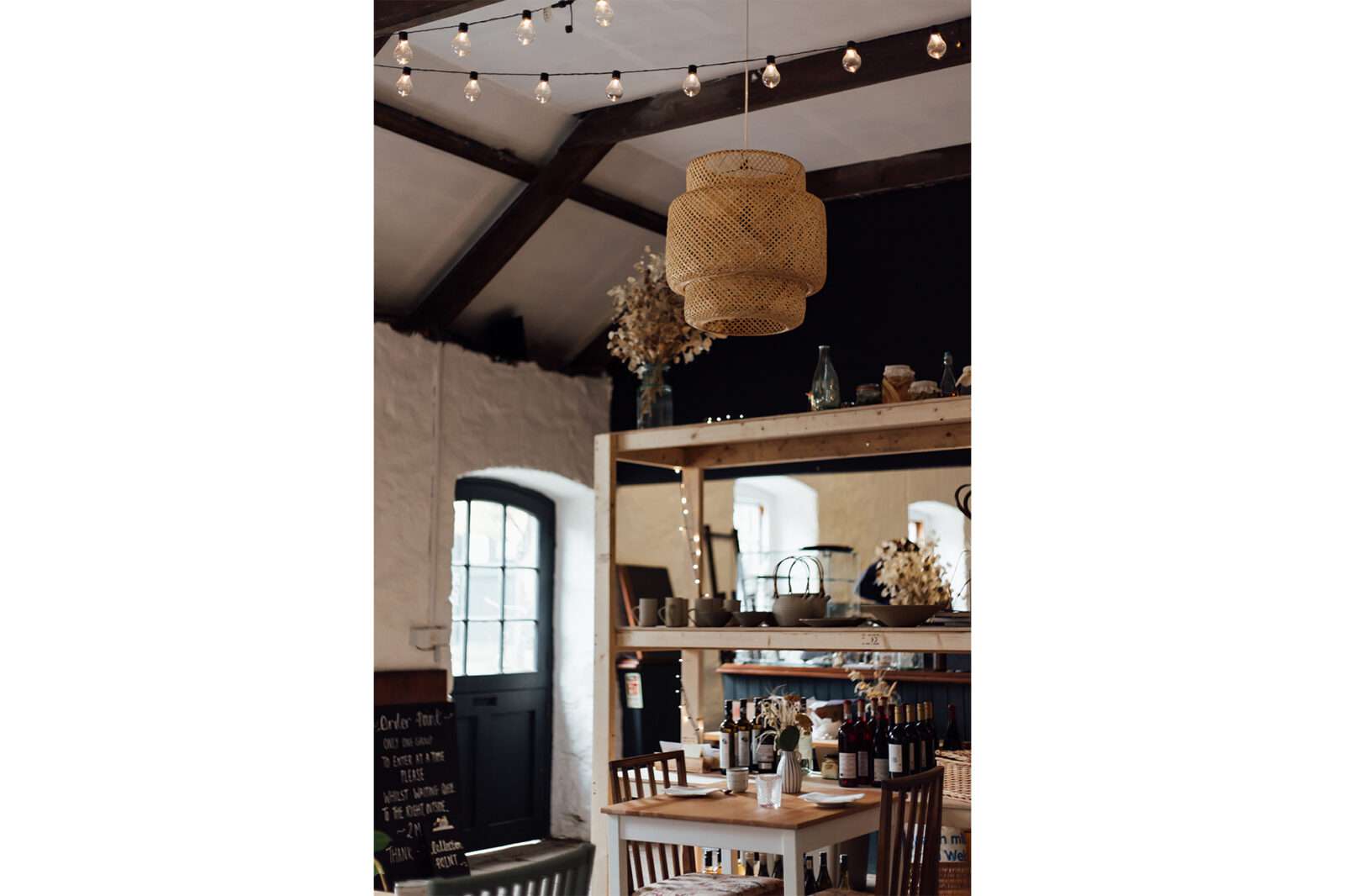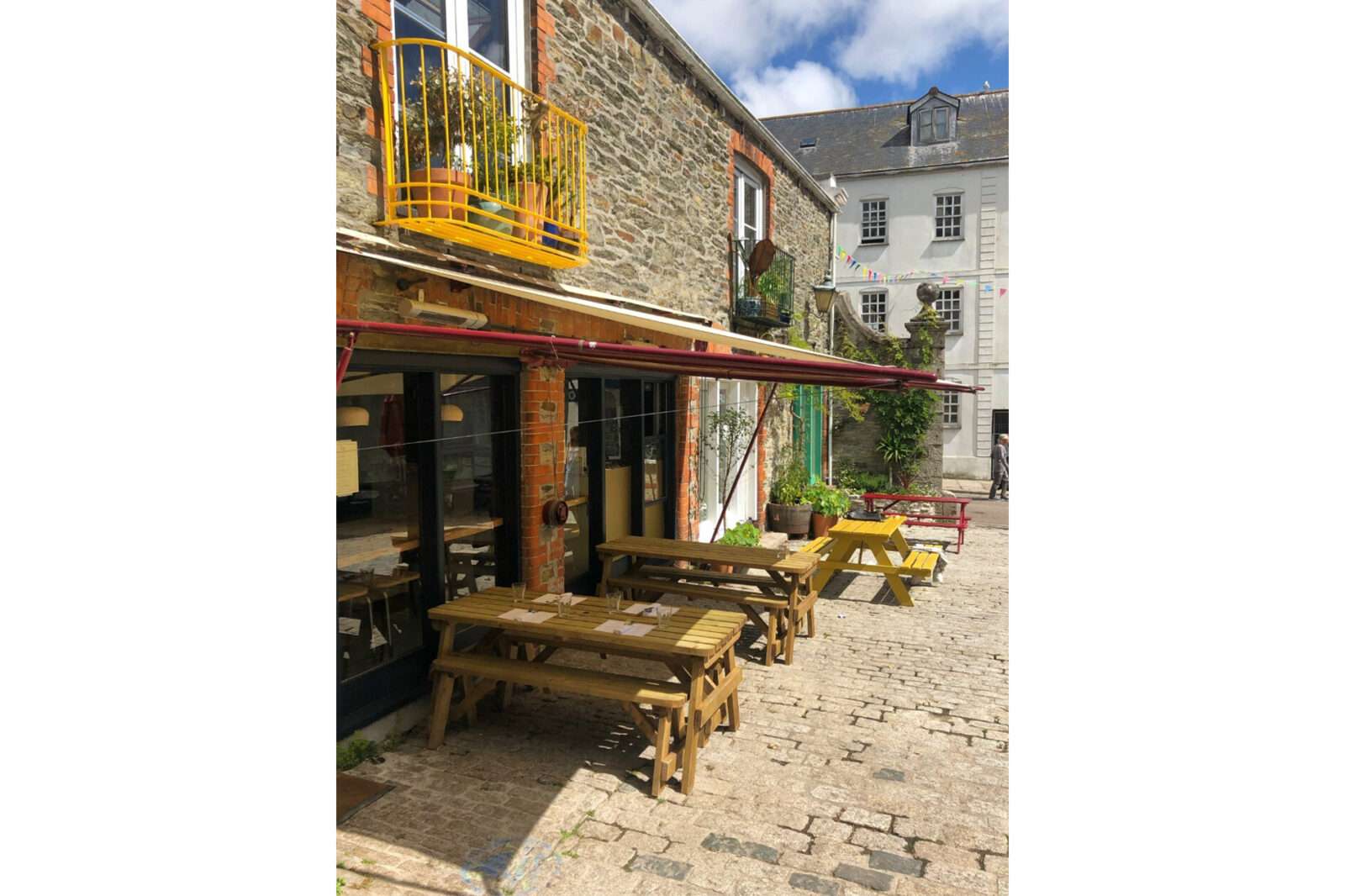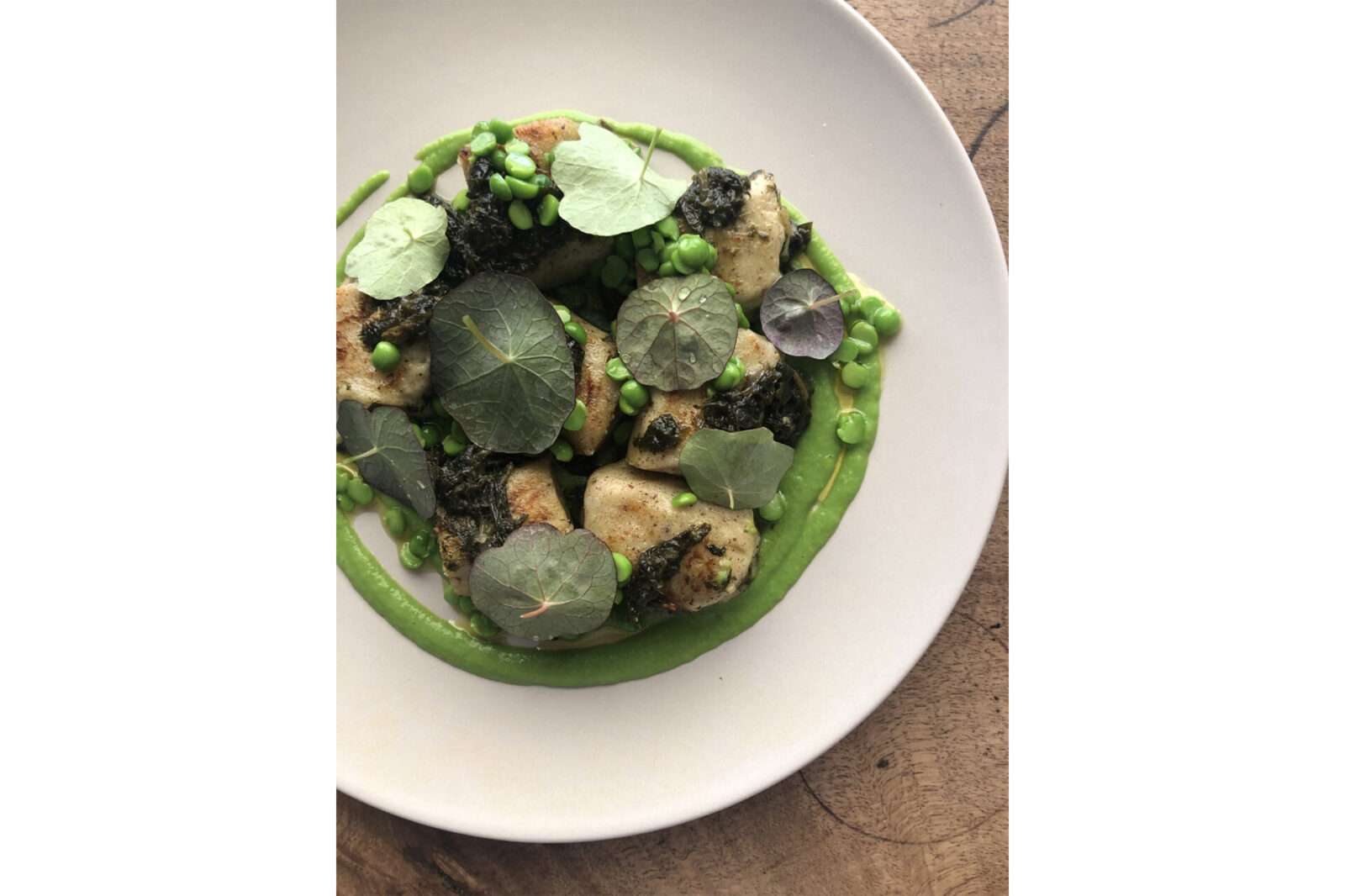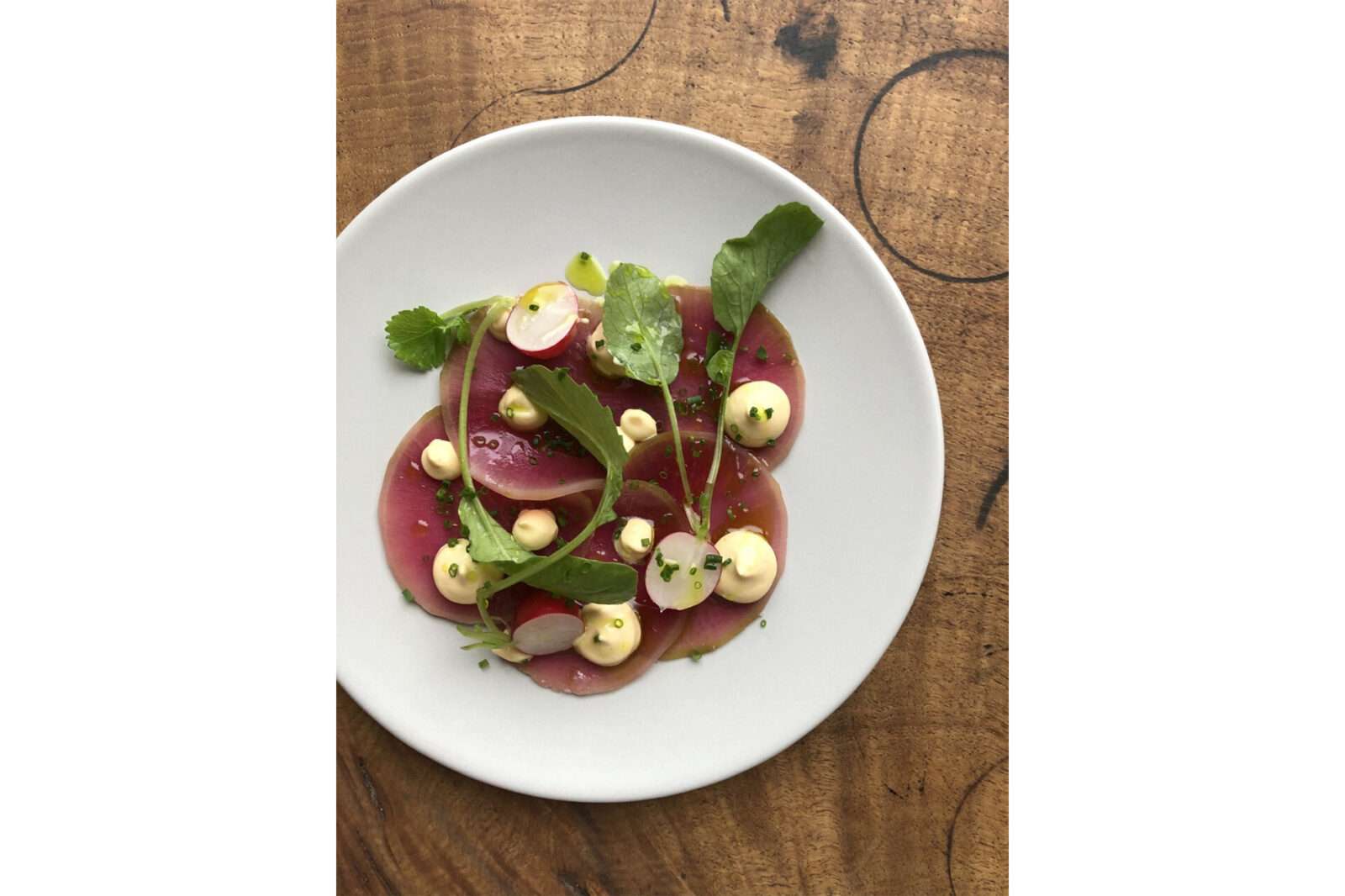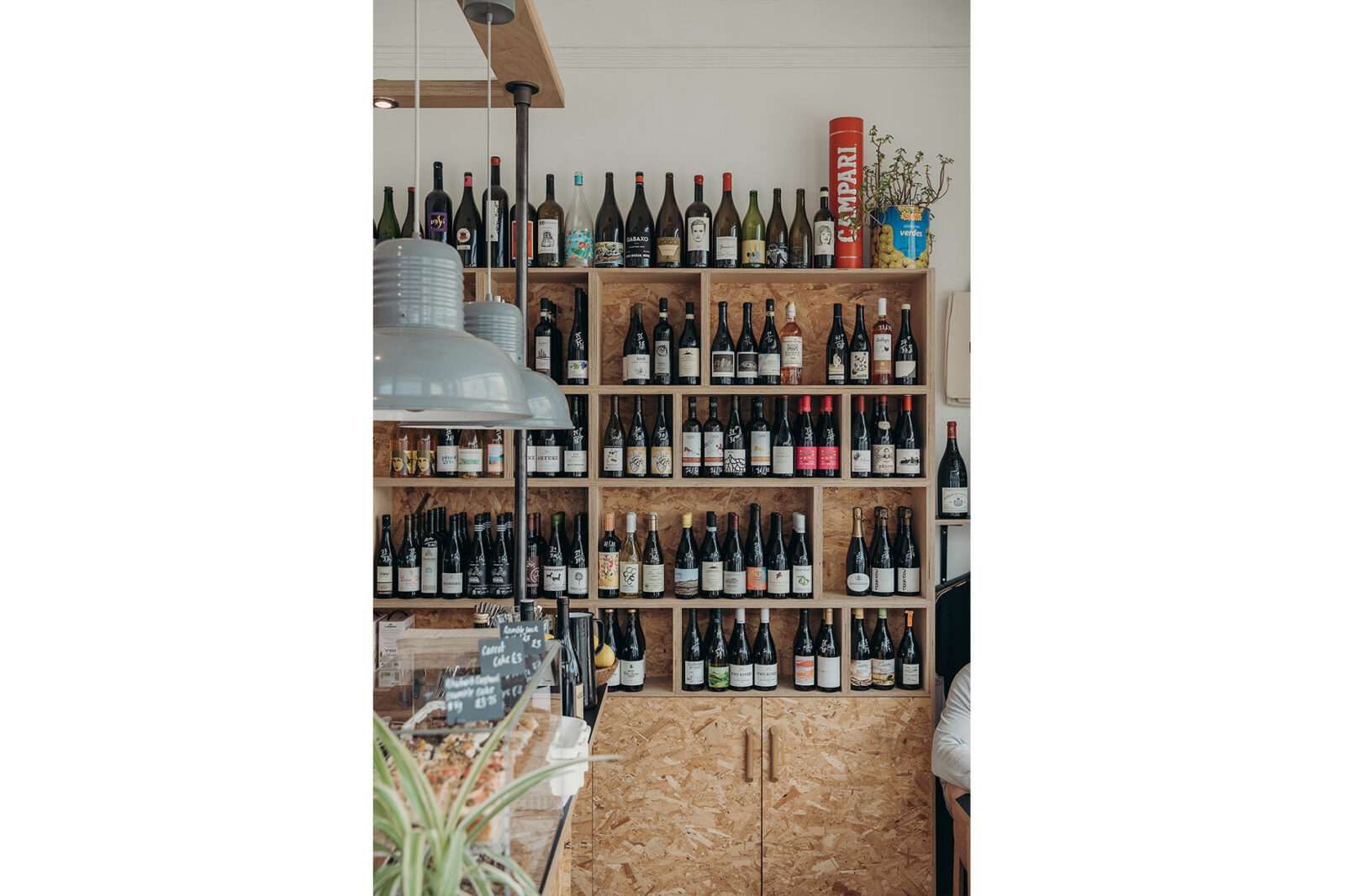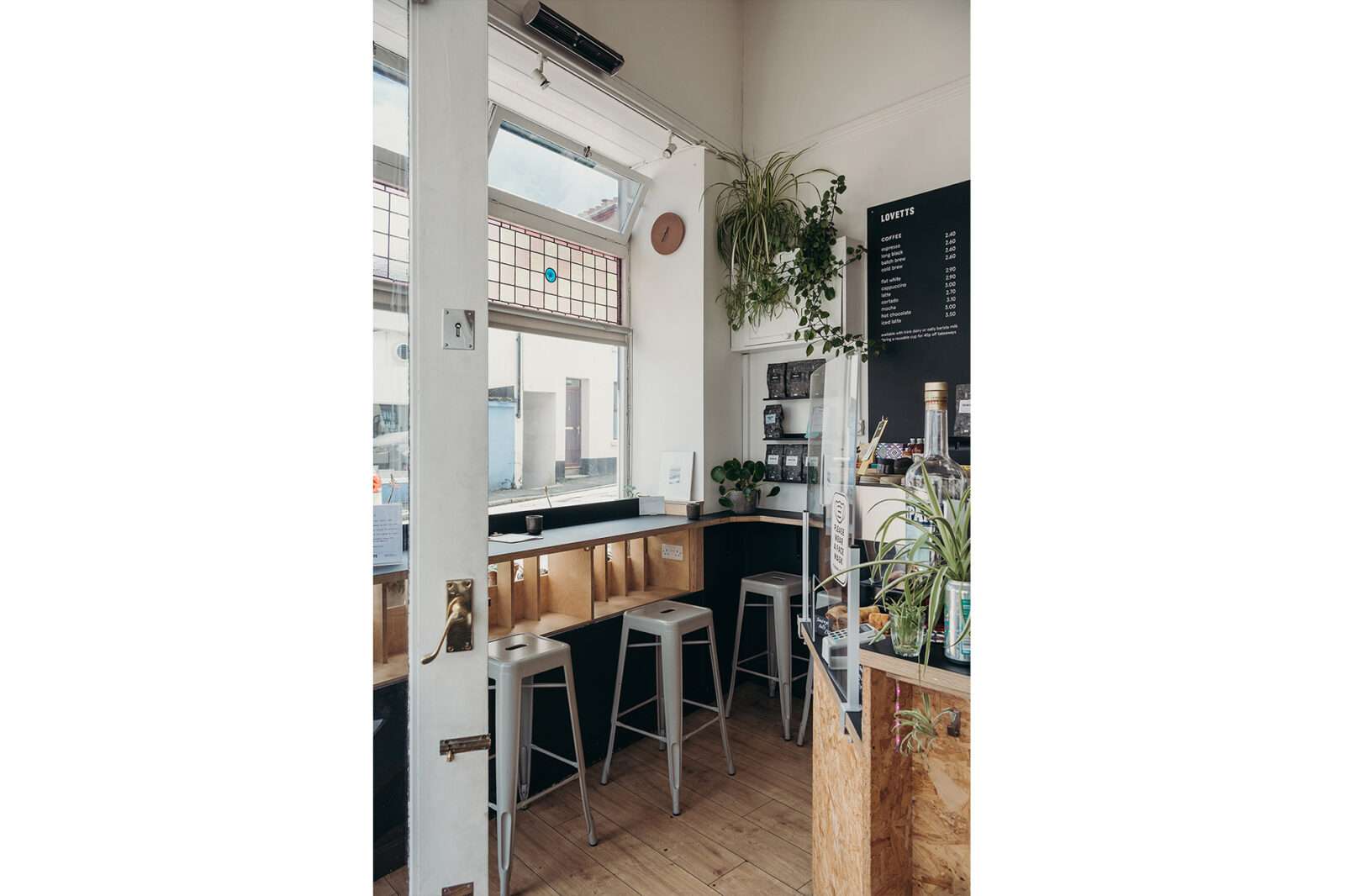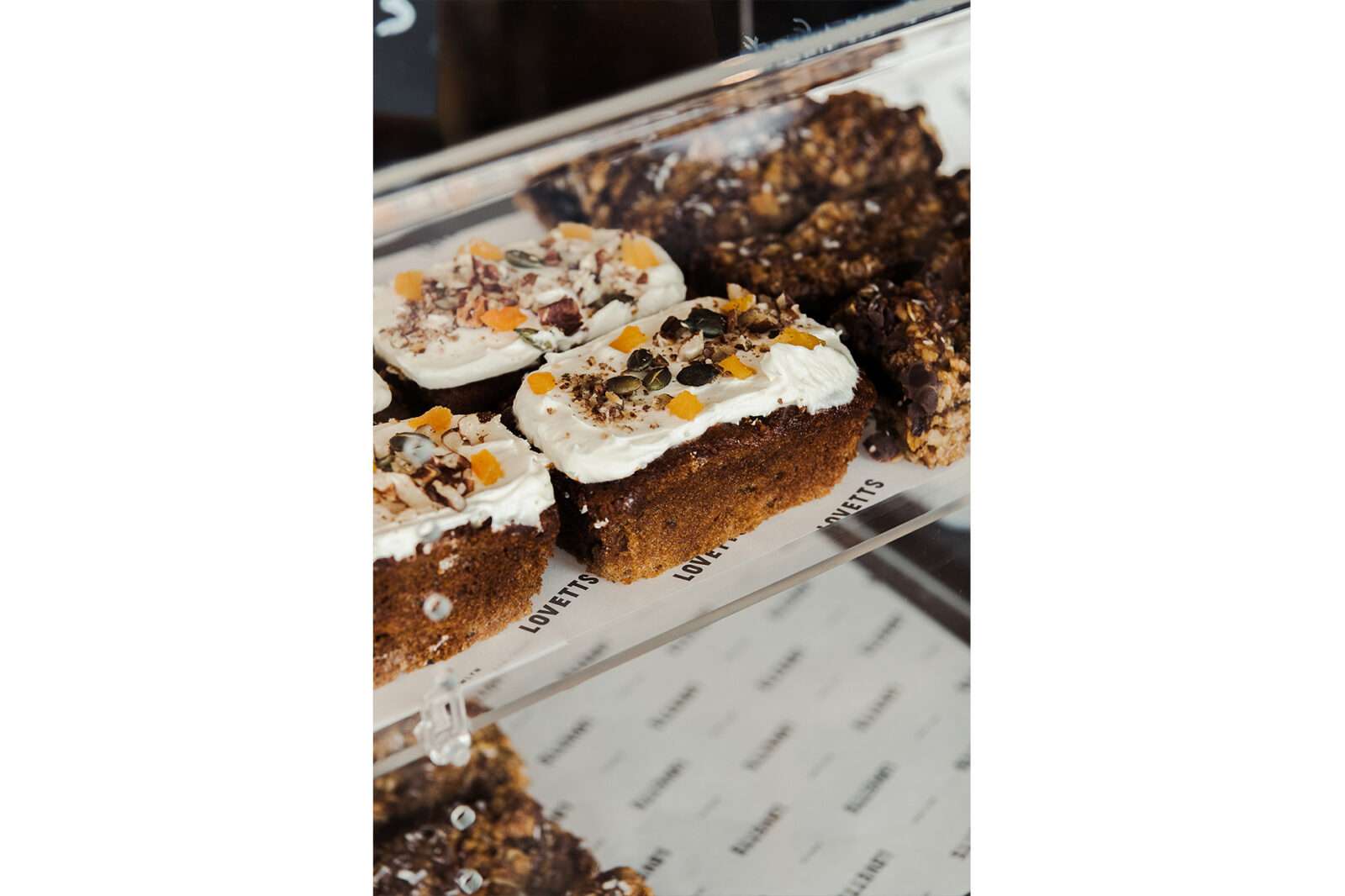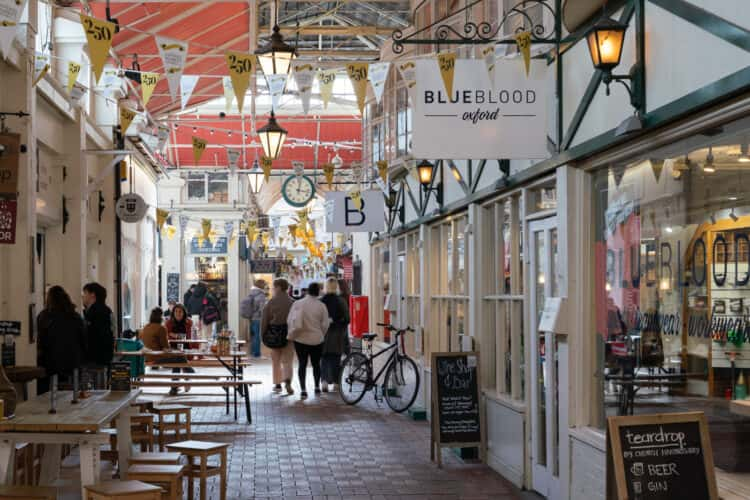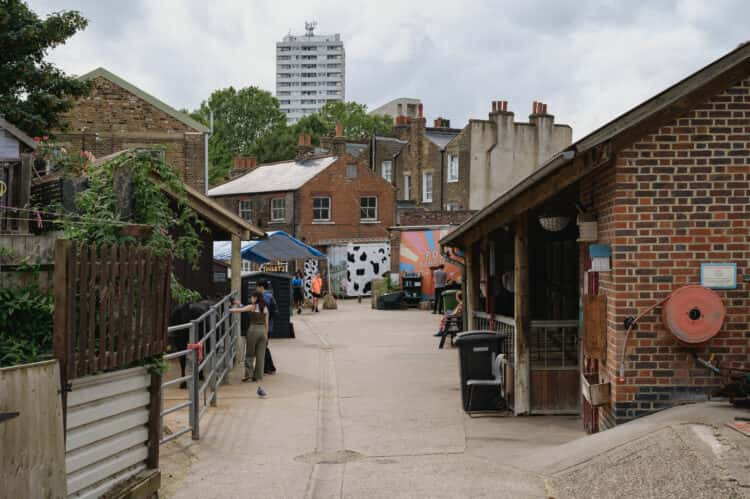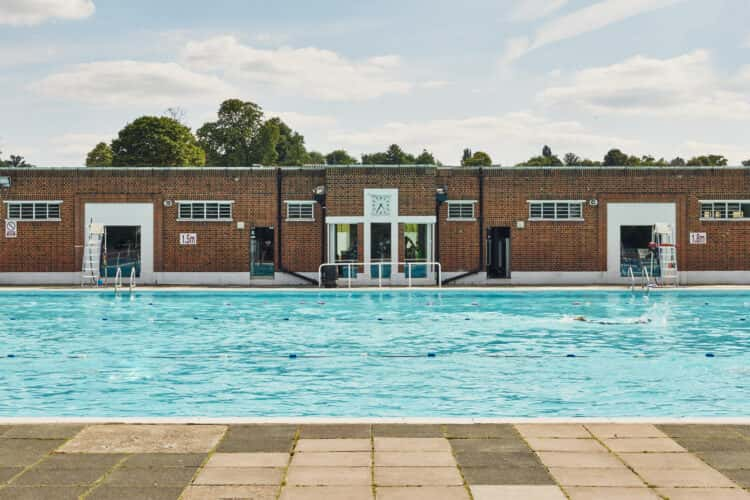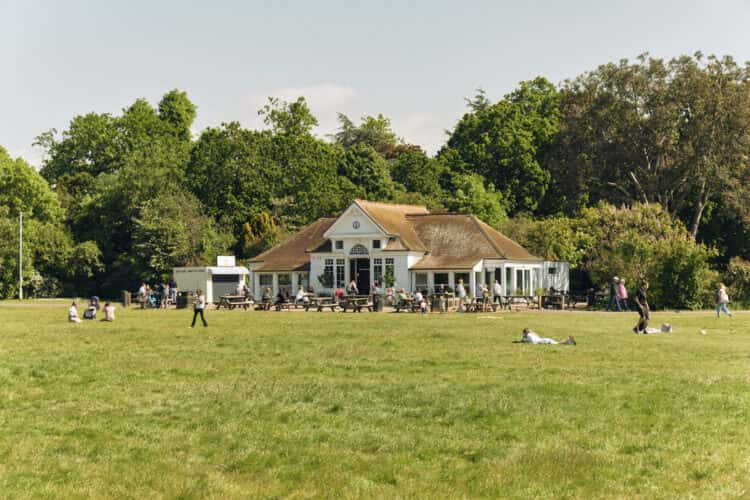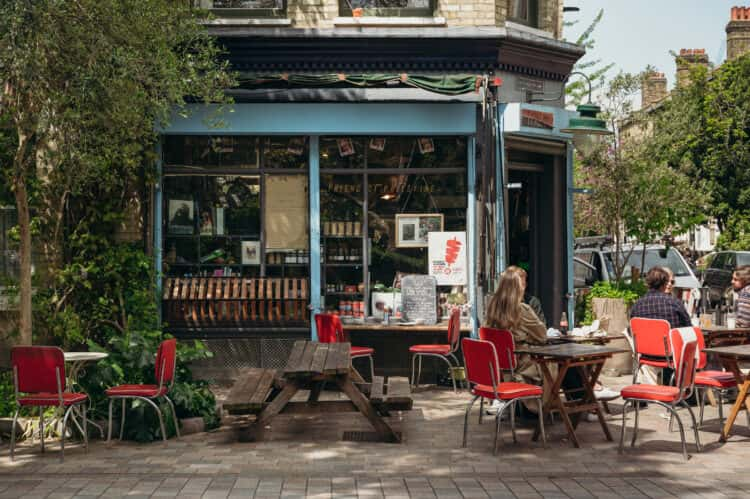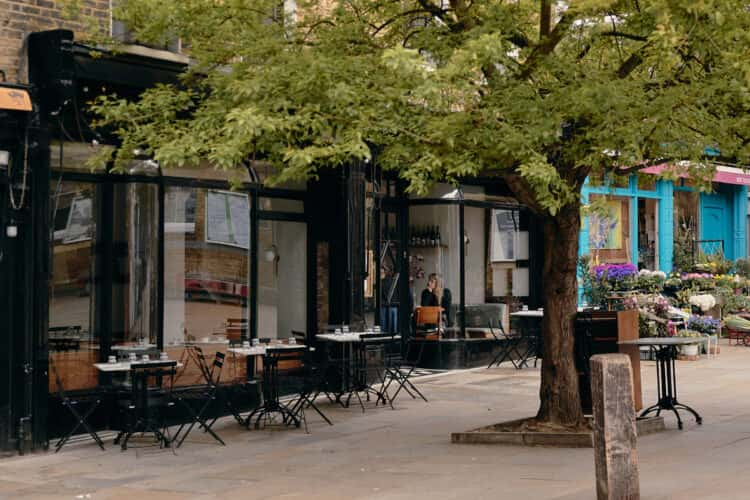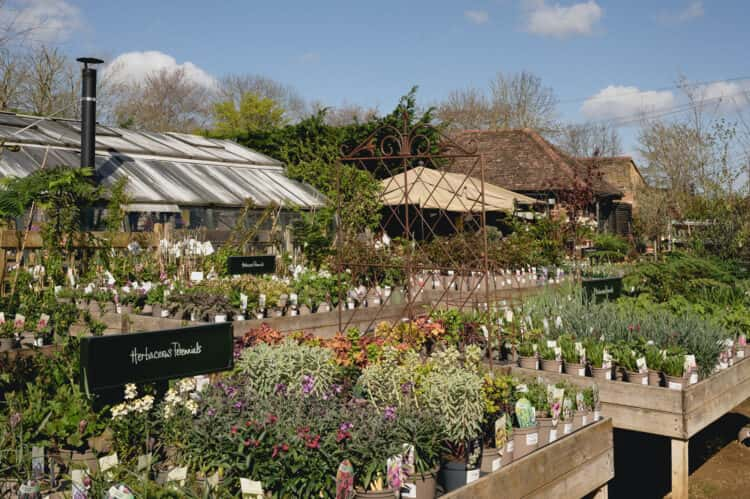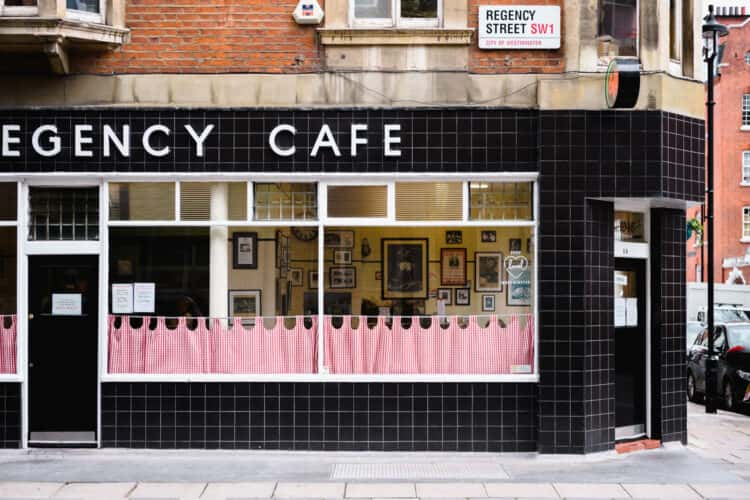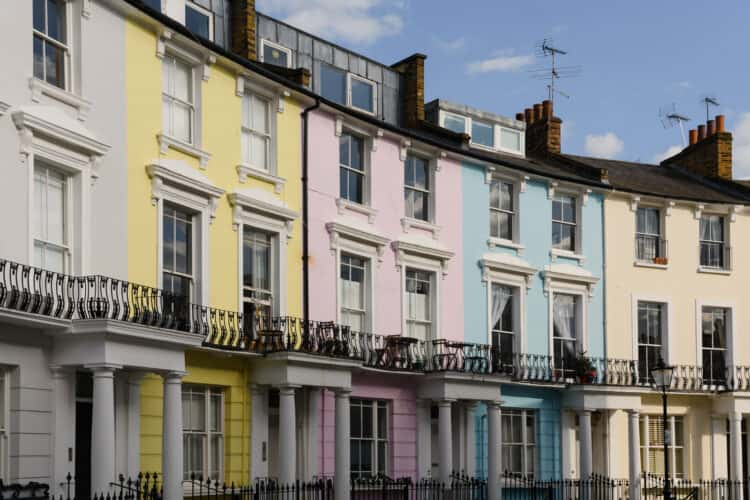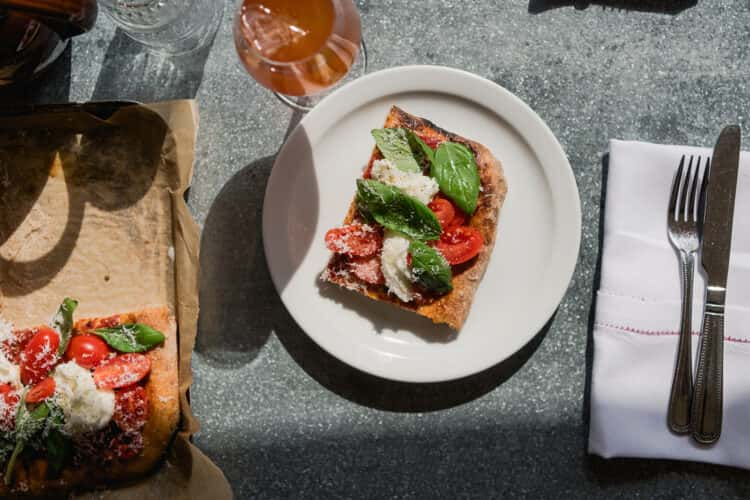Our guide to south Cornwall – from beaches to bakeries, gardens to galleries
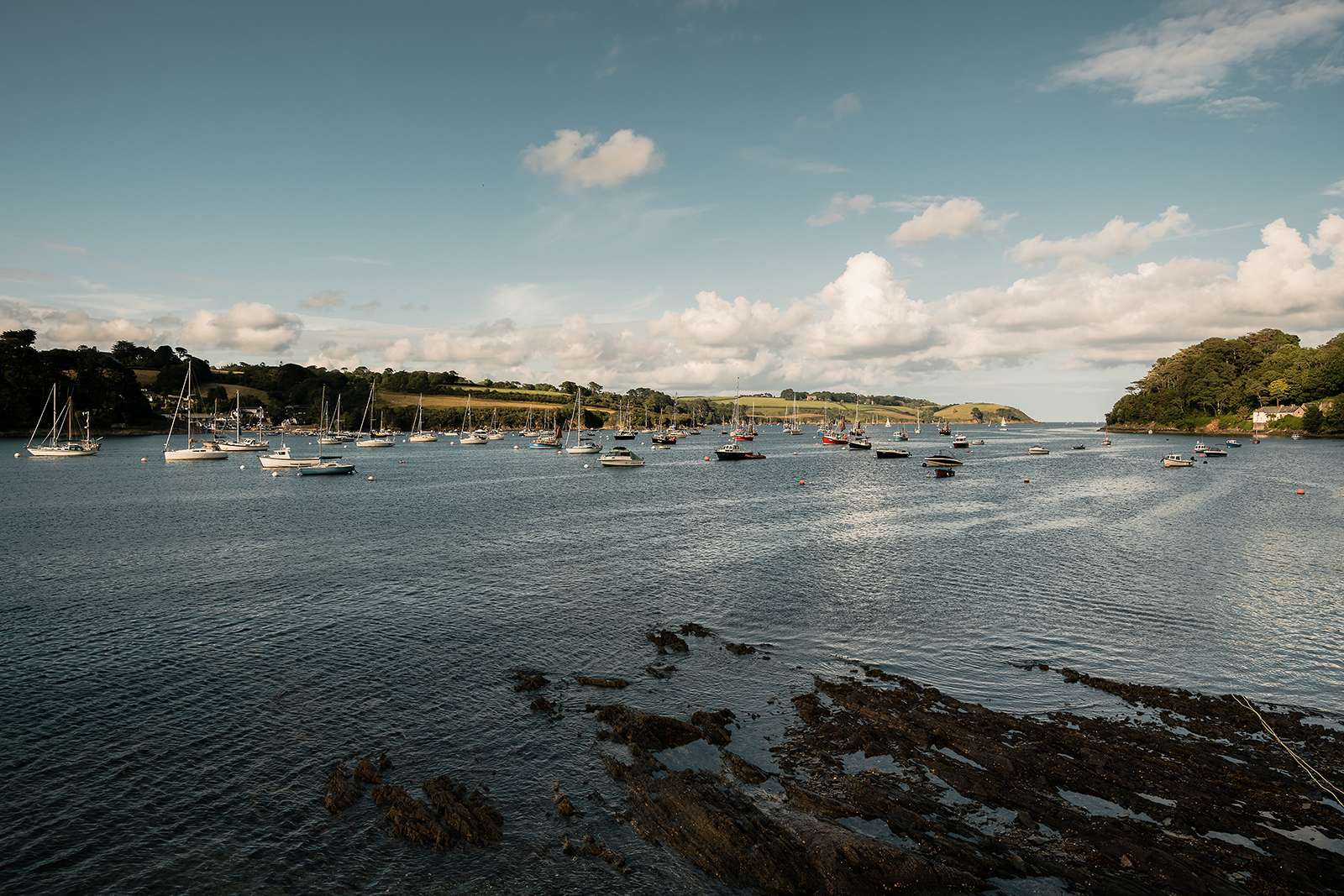
Cornwall’s south coast, facing the English Channel, is the fairer counterpart to its rugged, Atlantic-bashed northern side. This is the Cornwall of sheltered fishing villages, fields that gently slope into tidal creeks and verdant gardens filled with exotic plants that take to the warm summers. What it lacks in celebrity chefs, surf schools and Barbara Hepworth, south Cornwall makes up for with a softer-sell of quiet coves, sailboats and coastal walks that end at idyllic pubs. Here’s our guide to the area, including which beaches to swim at, gardens to see and galleries to check out.
SEE
1. Newlyn Art Gallery & The Exchange
Newlyn’s art scene got going in the 1880s, when painters like Stanhope Forbes and Henry Scott Tuke congregated there and at St Ives, creating work that captured everyday Cornish scenes in the impressionist style. Their legacy is continued today by Newlyn Art Gallery, established in 1895 to display work by members of the Newlyn School, but now focusing on contemporary artists – Rose Wylie, for example – in an extended space designed by architects MUMA – itself a thing of beauty. In 2007, a second outpost, The Exchange, opened in neighbouring Penzance.
2. Eden Project
The geodesic biome domes at the Eden Project, designed by Nicholas Grimshaw in the late nineties, appear as if an alien life force had set up camp in a former Cornish clay pit mine. What’s inside them is no less incongruous: one holds the world’s largest indoor rainforest, the other a Mediterranean environment, collectively holding thousands of plant species, from cashew trees to oil palms.
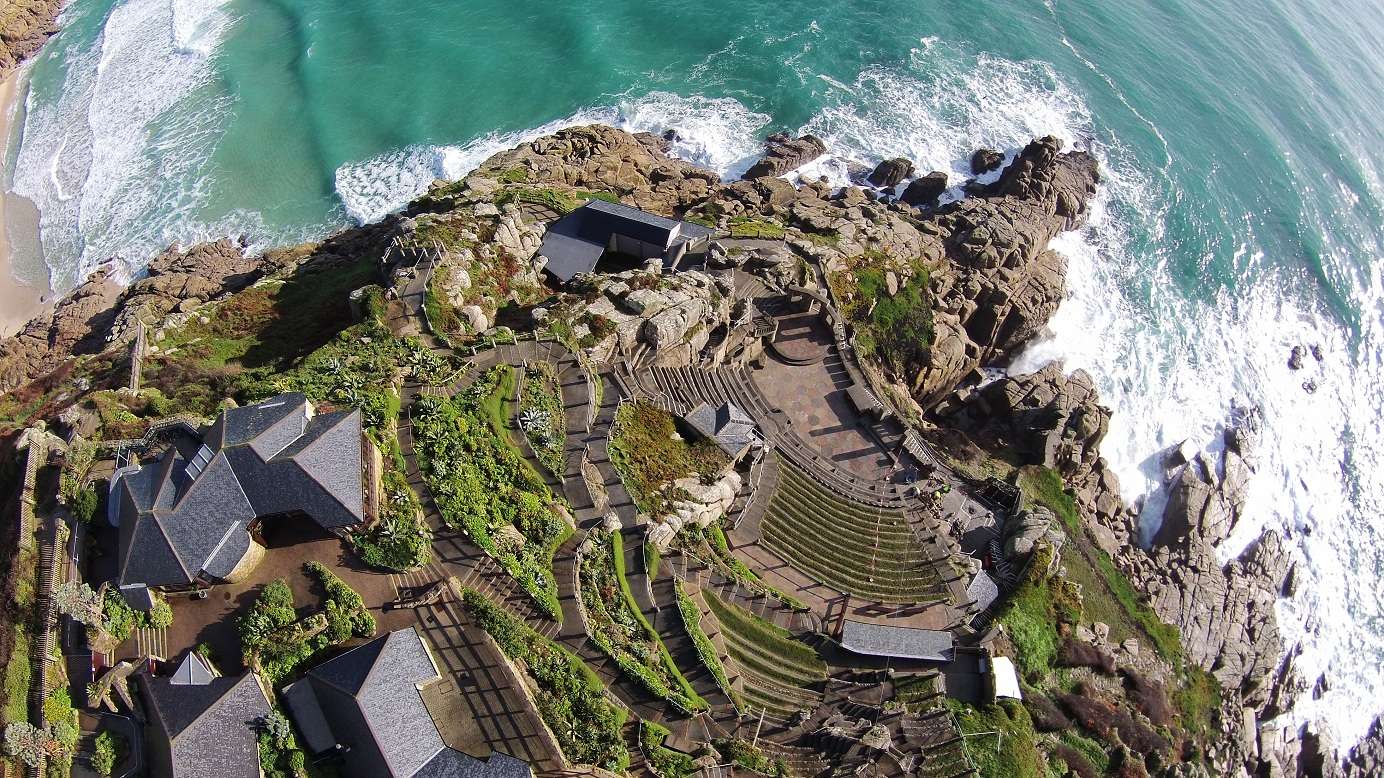
3. Minack Theatre
Minack – meaning ‘rocky place’ in Cornish – is an appropriate name for this open-air theatre, carved from steep granite cliffs overlooking Porthcurno Bay, not far from Land’s End. Remarkably, the theatre was largely built by the hands of one woman, Rowena Cade, and there is an on-site exhibition documenting her labours – well worth the visit if you can’t make a performance, which run from May to September and get booked up far in advance.
EAT
4. North Street Kitchen and Fitzroy
David Gingell and Jeremy Cometto-Lingenheim aren’t strangers to opening new restaurants. They have created a mini-empire in London, with Primeur, Jolene, Westerns Laundry and Big Jo. But their move in 2019 surprised many: a fine diner in Fowey, an ancient harbour town 300 odd miles away from their London base. At Fitzroy, housed in a beautiful old bank, the dinner-only menu reads simply but belies the accomplished cooking: turbot, broad beans, wet garlic; fried lemon sole, aioli; clams, bacon, peas.
If you can’t secure a hard-to-come-by reservation at Fitzroy, head for the more casual lunch service at North Street Kitchen, where there is a walk-ins-only policy. Our visit featured whole cooked crab, marinated mussels with orange and the show-stealing Cornish potatoes, which are finished on the grill and come drenched in butter.
5. Potager
Five miles from Falmouth, on the northern side of the Helford River, an abandoned plant nursery has been transformed into a productive garden, workshop space and artists’ studios. At the heart of the site are two greenhouses, housing a cafe that uses seasonal produce sourced mainly from the on-site gardens (look out for ‘Potager-grown’ on the menu) or regional producers. It’s all vegetarian or vegan, and there are gluten-free versions of almost every dish. On the walls are works by local artists, available to purchase.
6. The Hidden Hut
The worst-kept culinary secret in Cornwall cannot claim to be hidden any longer after its head chef and owner, Simon Stallard, was called upon by the UK government to cook for world leaders during the 2021 G7 summit. But get to the hut’s perch overlooking Porthcurnick Beach for lunch and you’ll soon see what the fuss is about: simple, delicious dishes made with seasonal, local produce with the minimum amount of pomp. Think bowl food in all its nourishing forms: dhals, curries, tagines, soups and chowders.
7. Dan Dan the Lobster Man
The charming and gregarious Dan (surname unknown) is a lobster catcher whose daughter had the idea of selling his catch directly to customers during the first lockdown in 2020. And so it is that a shipping container serving lobster rolls, seafood platters, crab sandwiches and deli items including octopus salad and anchovies graces the harbour at Portlevhen, a fishing town near Helston. Also worth checking out here is The Mussel Shoal for moules-frites and cocktails.
8. New Yard
The Trelowarren Estate is a 1,000-acre expanse of woodland on the Lizard, home to holiday cottages, an independent gallery, a heated natural swimming pool and, for our money, its crowning jewel: New Yard restaurant. From Wednesday to Saturday, a season-driven, modern European menu created largely from the on-site garden is served from 7pm – a summer visit might include gazpacho, basil and ricotta, followed by bouillabaisse. The Pantry, meanwhile, does pastries and coffee in the morning, and wood-fired pizza from 12pm.
9. Mine
Falmouth was bereft of gastronomic significance when it lost its only buzzed-about restaurant, The Kitchen, in 2019. Thankfully, Mine, a British eatery showcasing Cornish produce, has taken its place at the Old Brewery Yard, a cobbled courtyard favoured by the town’s art students and creatives. Chef Angus Bell oversees a refreshingly concise menu of simple but well-executed meat, fish and vegetable dishes, served up with an equally brief but delicious selection of wine.
SHOP
10. Tre, Pol & Pen
Well placed at the entrance to Cornwall near the Devon border, this farm shop has become a destination for holidaymakers looking to stock up on local produce before heading onwards. The range and quality of Cornish produce is outstanding, from beef reared on Tre, Pol & Pen’s own fields to vegetables grown in the Tamar valley, plus wine, cheese, bread and dairy goods also made in the county.
11. Lovetts
This much-loved cafe and bar in Newlyn serves up coffee and moreish kimchi cheese toasties by day, and wine and bar snacks by night. Its selection of natural and low-intervention bottles make it the best wine shop for miles, while its pre-mixed selection of classic cocktails – Negronis, Manhattans, espresso martinis – are perfect for getting a party started.
DO
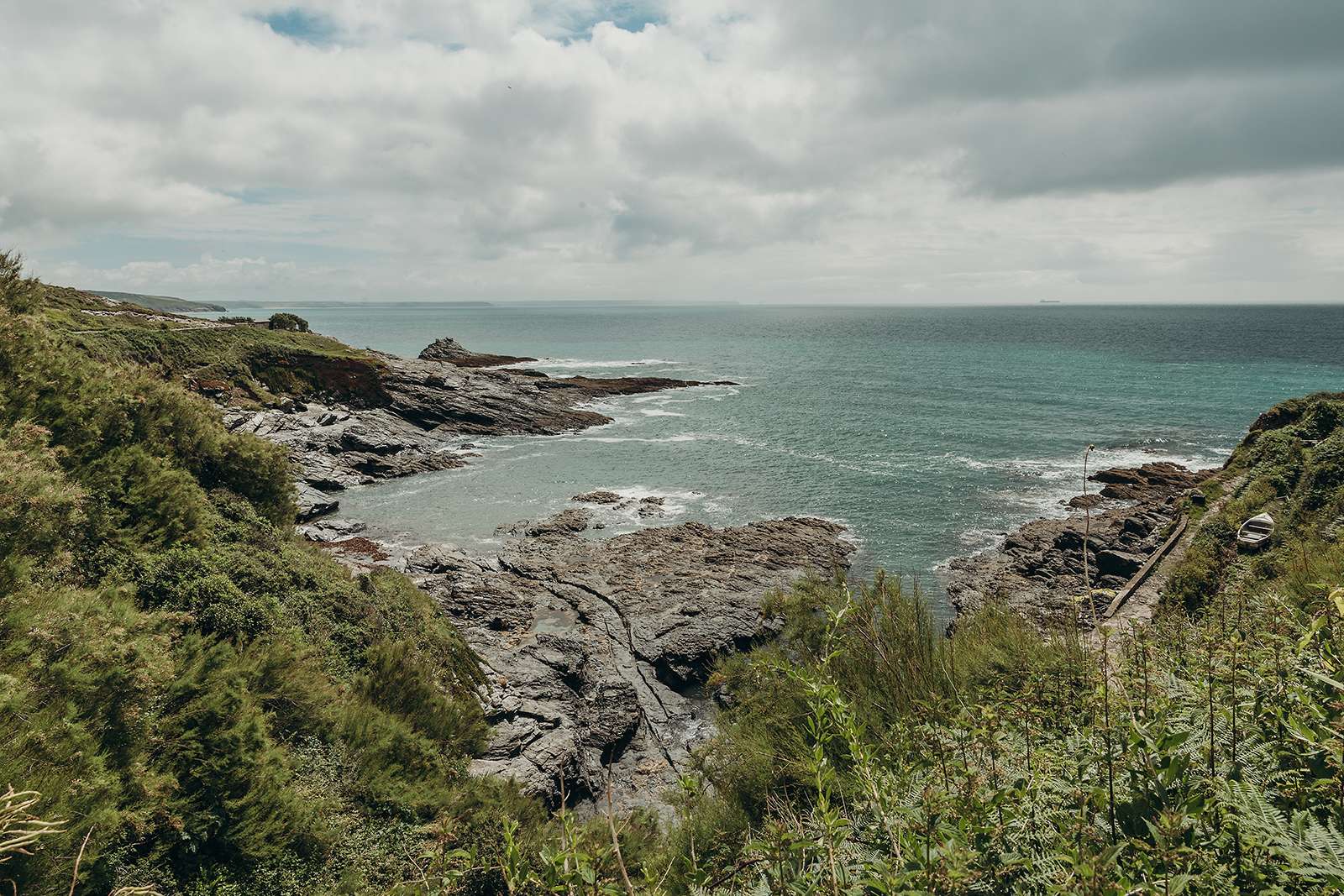
12. Beaches
We could write a whole guide on what to do in south Cornwall, which would include enough to keep you occupied for weeks (except if you want to go surfing, of course – for that you will need to head north). Further still, we could compile a whole list of beaches to discover, but our favourites include Prussia Cove for its jagged, rough beauty; the open expanse found at the southern end of Porthleven Beach, where a lack of facilities keeps things quiet; Kynance Cove for its white sand and perfect swimming conditions; Grebe Beach for summer evening barbecues and peaceful swims; and Pedn Vounder for its transportive quality (when the sun’s out).
13. Gardens
South Cornwall’s position on the temperature-boosting Gulf Stream is to thank for its so-called micro-climate and, in turn, its abundance of Victorian-era gardens, many of which include sub-tropical plants and exotic specimens. The Lost Gardens of Heligan, famed for their vastness and variation, are the obvious place to start, but there are plenty more. On the smaller side, Trewidden’s 15 acres are home to Jurassic-looking tree ferns. Near the Helford River, Glendurgan and Trebah are positioned in valleys that slope down to the water’s edge, and collectively take in a bamboo forest, maze and, at Trebah, a private beach for a quick dip. For a full list, visit The Great Gardens of Cornwall.
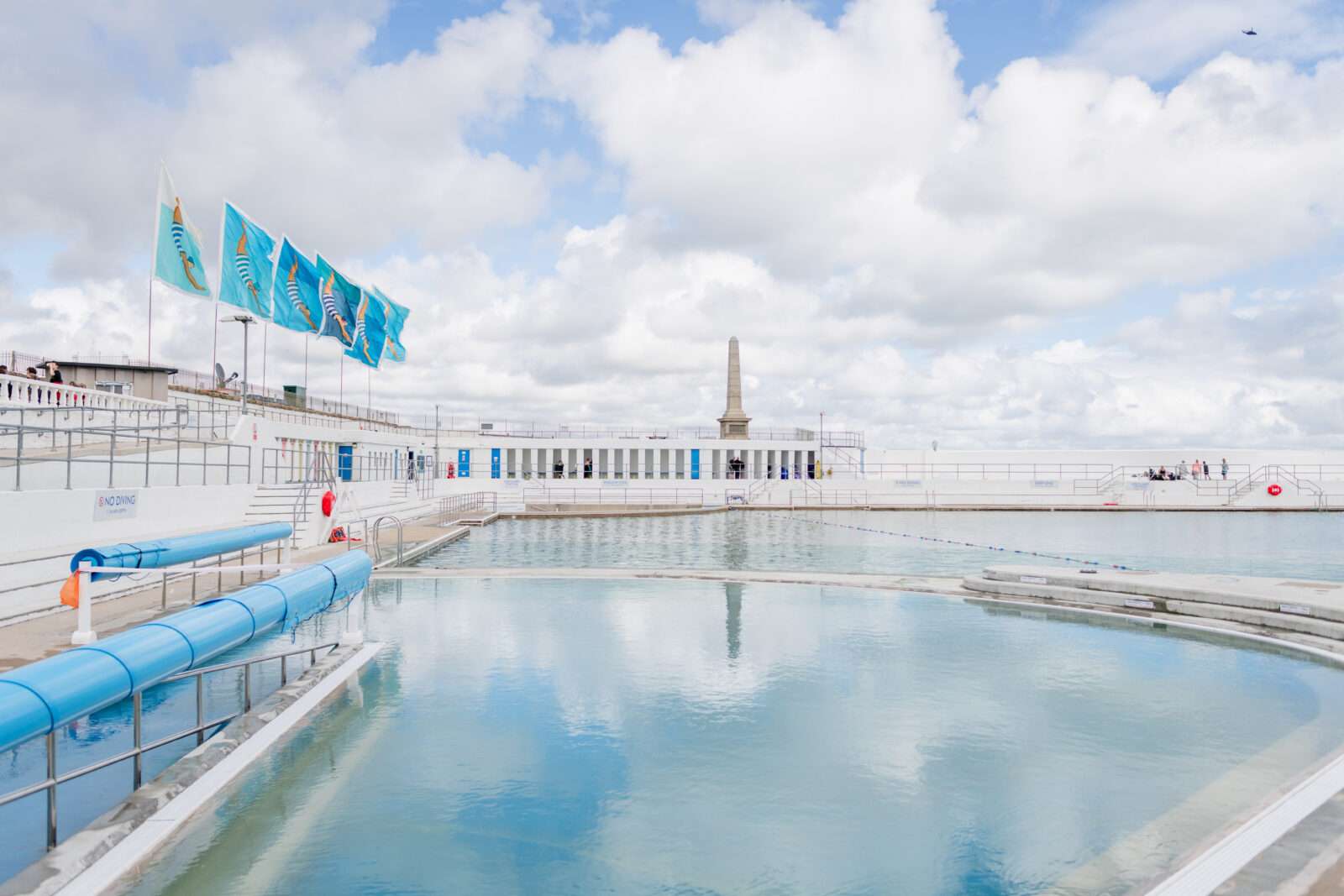
14. Jubilee Pool
The Art Deco Jubilee Pool was designed by Captain F Latham in 1935 to mark the occasion of King George V’s Silver Jubilee. It stands today as the UK’s largest seawater lido, and as a testament to the collective efforts of Penzance’s residents – in 2017, ownership of the lido was transferred to a community-run social enterprise that oversaw its restoration. Soak up the sun on one of the terraces, or take a dip in the smaller geothermally-heated pool, the first of its kind in the country.
